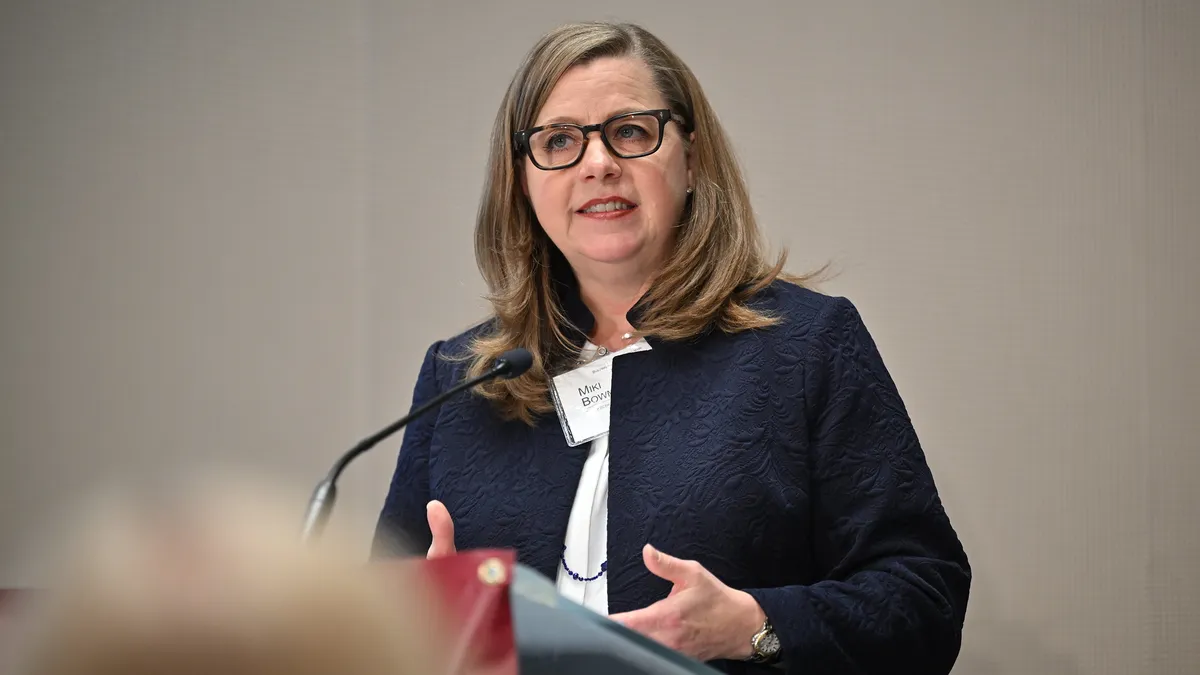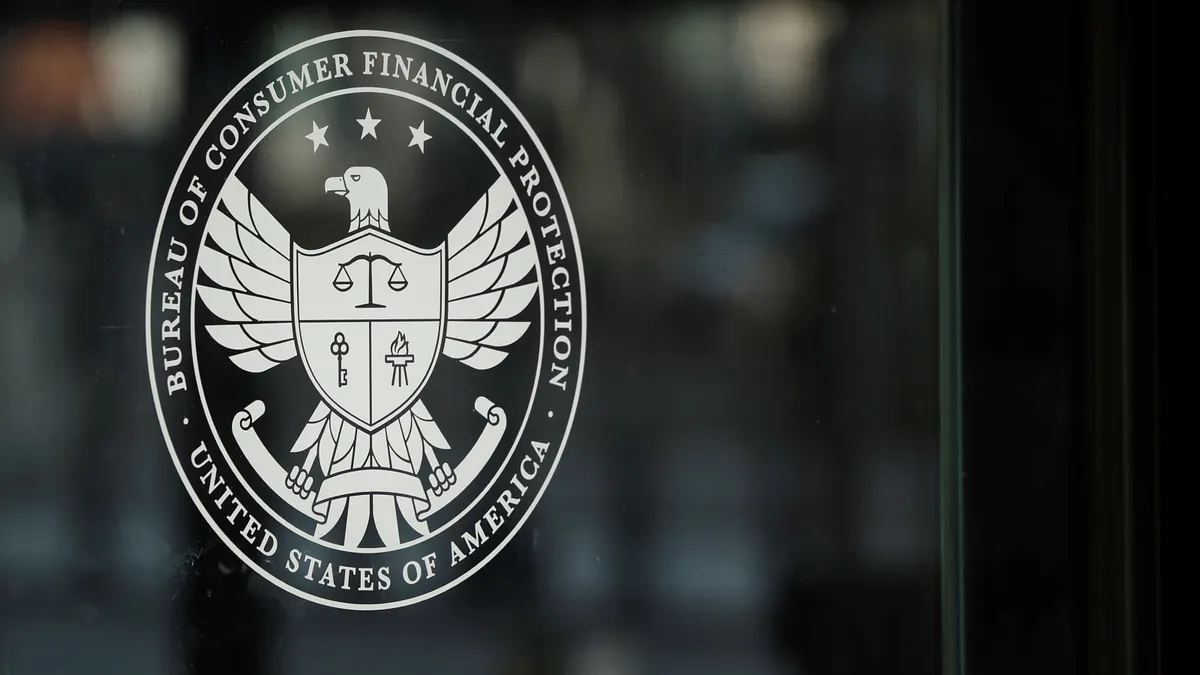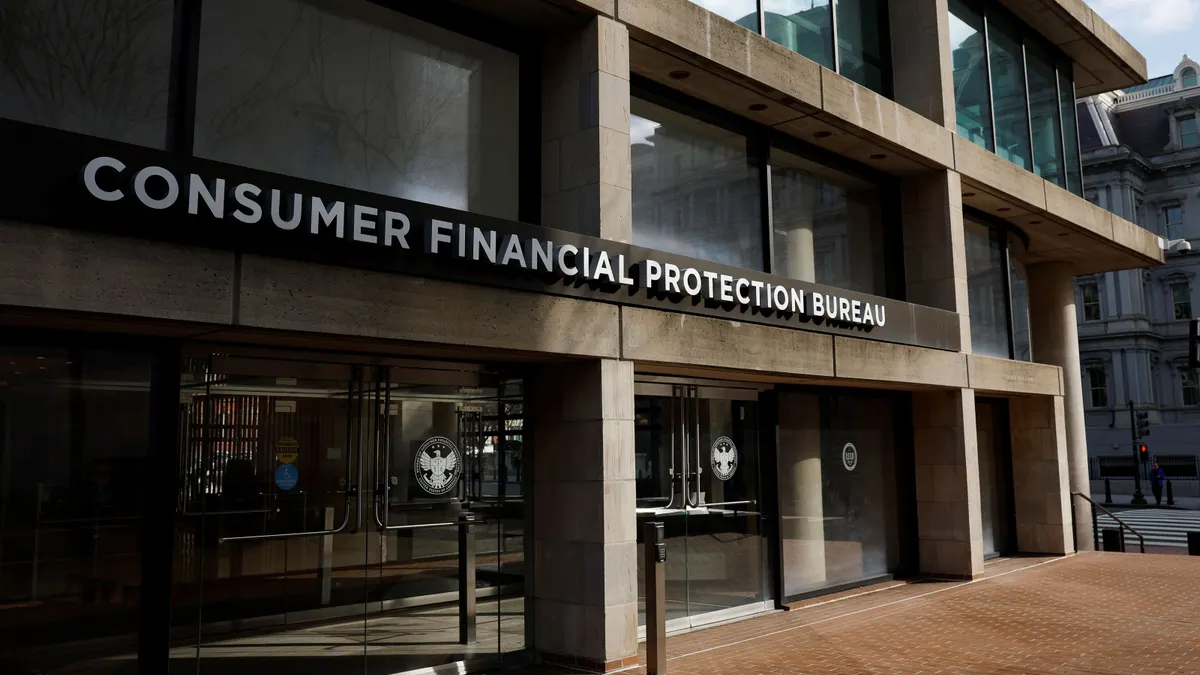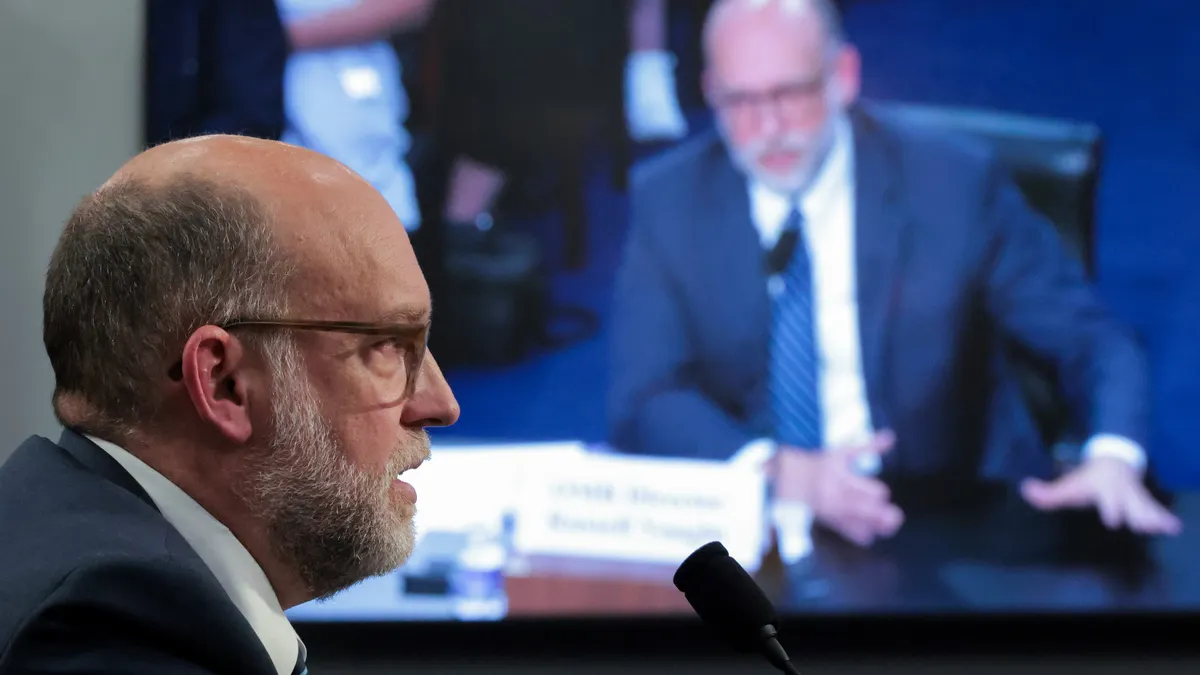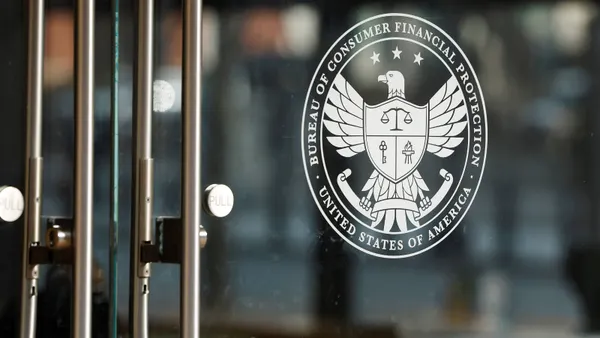Michelle Bowman is a veteran of the Federal Reserve. But the ink on her newest role – the Fed’s vice chair for supervision – is still drying. Following her confirmation, she spoke Friday at Georgetown University in her first appearance as the central bank’s top cop. Here are six takeaways from her remarks.
1. The Fed’s job is not to take the risk out of banking entirely.
Banking is not and cannot be devoid of risk, and to drive out such risk “is at odds with the fundamental nature of the business of banking,” Bowman said. “Banks must be able to earn a profit and grow while also managing their risks.”
“Adding requirements that impose more costs must be balanced with whether the new requirements make the correct tradeoffs between safety and soundness and enabling banks to serve their customers and run their businesses,” she said.
Rather than eliminating risk from the banking system, regulators must be tasked with ensuring banks manage risk effectively, Bowman said.
2. ...or make sure banks don’t fail.
“Our goal should not be to prevent banks from failing or even eliminate the risk that they will,” Bowman said. “Our goal should be to make banks safe to fail, meaning that they can be allowed to fail without threatening to destabilize the rest of the banking system.”
3. Enhancing supervision doesn’t necessarily mean more rules; it means tailored rules.
“Supervision focused on material financial risks that threaten a bank's safety and soundness is inherently more effective and efficient,” Bowman said. “We should be cautious about the temptation to overemphasize or become distracted by relatively less important procedural and documentation shortcomings.”
The uniqueness of each bank, in business model and complexity, means that risks are not uniform. In the past, Bowman said, rules meant to enhance safety at the biggest banks have also been unfairly applied to smaller banks. She suggested creating a framework instead for those smaller community banks, which would insulate them from the standards designed for bigger, more complex institutions.
“While I have no objection to a deliberate, intentional policy to apply similar standards to firms with similar characteristics as conditions warrant, the gradual erosion of distinct regulatory and supervisory standards among firms with very different characteristics — essentially the subtle reversal of tailoring over time — is not a reasonable approach for implementing supervision and regulation,” Bowman said.
4. The Fed needs to reconsider some rules it has imposed on banks since the 2007-08 financial crisis.
Since Congress passed the Dodd-Frank Act almost 15 years ago, rules banks must follow have “increased dramatically,” Bowman said. And while many were important, a number of these reforms were “backward looking — responding only to that mortgage crisis — not fully considering the potential future unintended consequences or future states of the world.”
Some changes had unintended consequences, she noted, like pushing banking activities into “less regulated corners of the financial system.” Moving forward, the Fed needs to evaluate these rules on the banking system today, rather than that of the financial crisis-era.
Meanwhile, other regulations, some of which haven’t been updated in more than two decades, need to be.
“Given the dynamic nature of the banking system and how the economy and banking and financial services industries have evolved over that period, we should update and simplify many of the Board's regulations, including thresholds for applicability and benchmarks,” Bowman said.
5. Ratings need a revamp.
Supervisory changes have “eroded the link between ratings and financial condition,” Bowman said, noting that two-thirds of the nation’s biggest financial institutions were rated unsatisfactory in the first half of last year. Yet the majority of these institutions met all supervisory expectations for both capital and liquidity, and they’re all still operating.
“This odd mismatch between financial condition and supervisory ratings requires careful review and appropriate revisions to our current approach. Under the current large bank ratings framework, a single component rating can result in a firm being considered not ‘well-managed,’ which has driven the disparity between well-managed status and financial condition,” she said.
The Fed plans to address this mismatch by proposing changes to the Large Financial Institution ratings framework, she said. The changes will be geared toward creating “a more sensible approach” to determining if a bank is well-managed, and won’t disproportionately weigh a single framework component “for a firm that has demonstrated resilience under a range of conditions and stresses,” she said.
6. Processing delays have not been kind to bank applications, including for M&A.
Applications for regulatory approval, such as seeking a de novo charter or approval to merge, need transparency and clear timelines for action, she said. Processing delays must spur a rethinking, Bowman said, of “whether many of the additional requests for information can be addressed through better application forms or relying on information that is available from bank examinations.”


